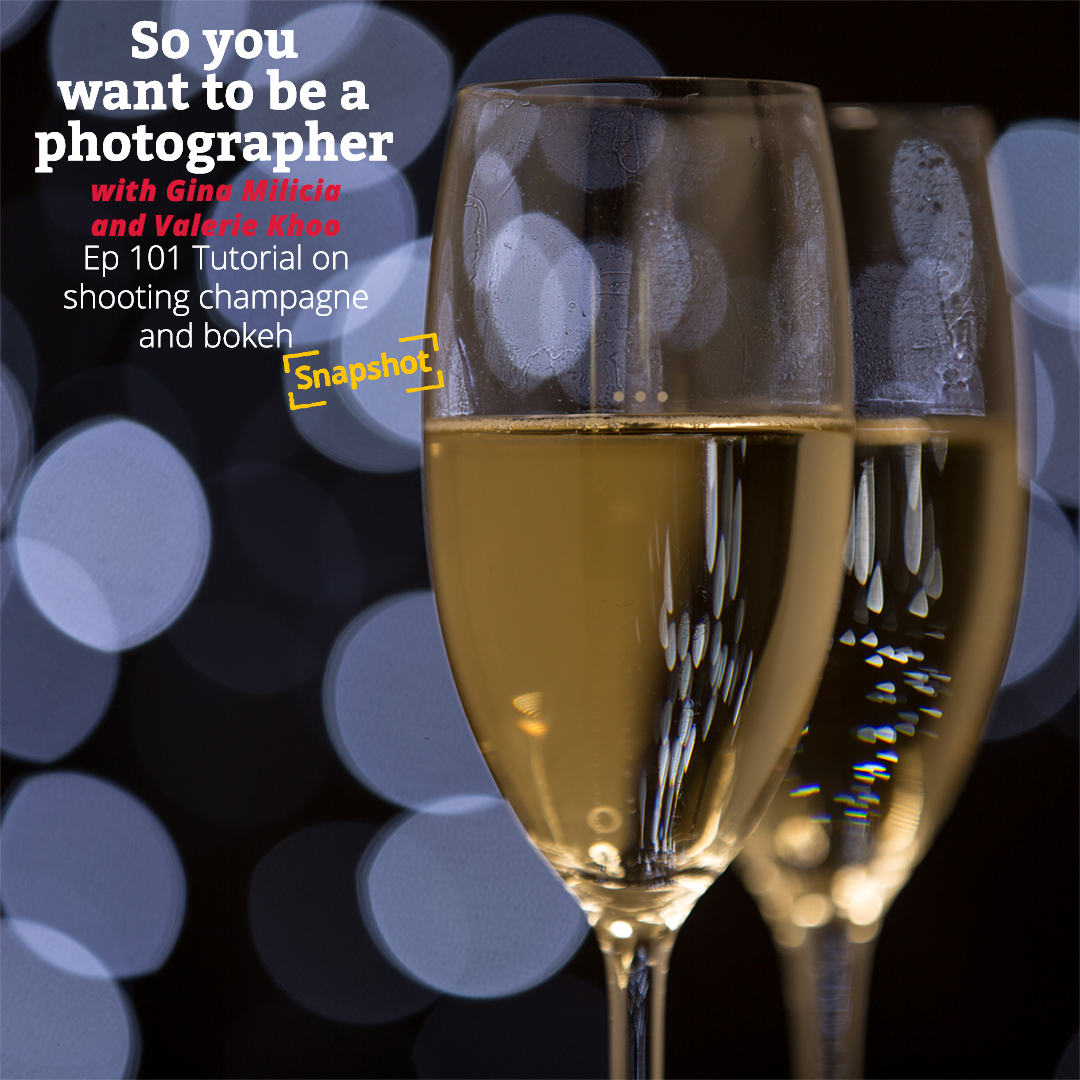
In this mini-sode, you’ll experience a live tutorial as Gina guides Valerie through workshopping and finally getting the shot she wants to achieve. You’ll discover how to make fake champagne, how to get the bubbles to fizz on cue, different lighting scenarios when you have limited options and how to achieve bubbles and bokeh all in one shot.
Click play to listen to the podcast or find it on iTunes here. If you don’t use iTunes you can get the feed here, or listen to us on Stitcher radio.
Show notes
Equipment
- Canon 5D MK 111
- Canon 70-200mm lens
- Tripod
To make champagne
- Mix ginger ale and soda/tonic water in equal parts
- (top up glasses just before you take a shot to get the bubbles)
Background bokeh
- Fairy lights coloured or neutral
- A black board or deflector or shoot at night!
- Coat hangers or a light stand to hang lights off
Lighting
We used continuous lighting for this shot.
If you don’t own continuous lights try using a small lamp or LED light.
Image 1

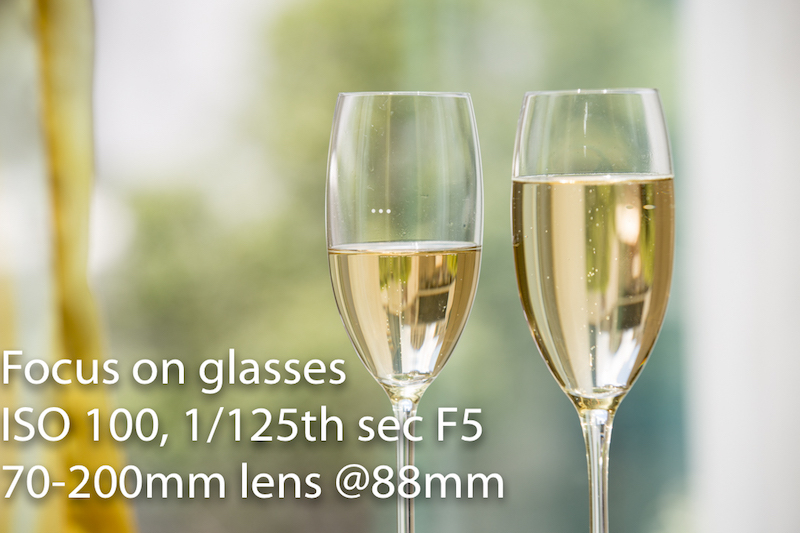
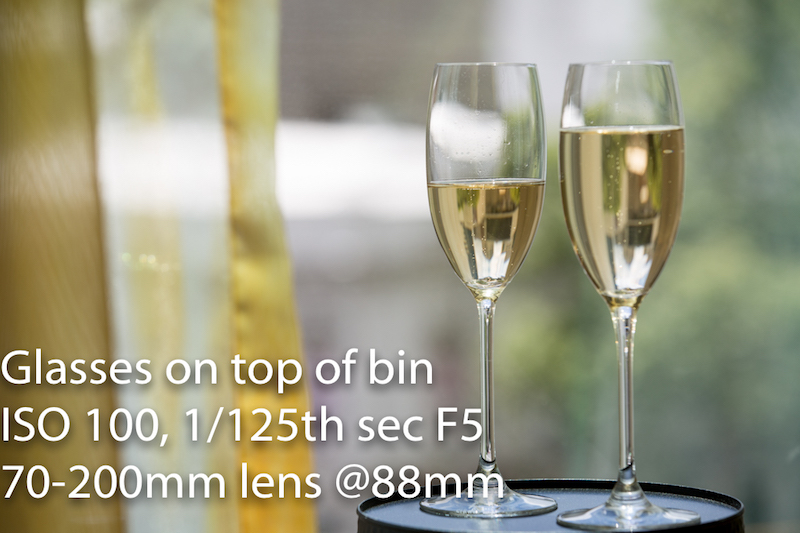
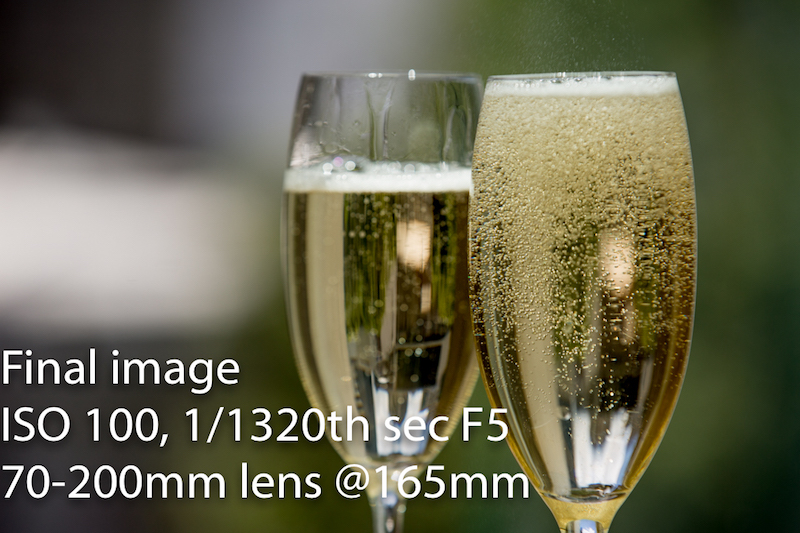
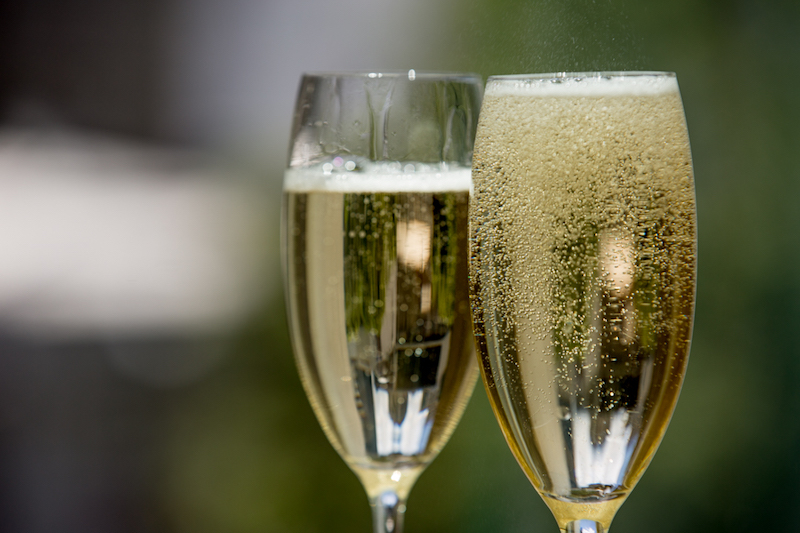
Image 2
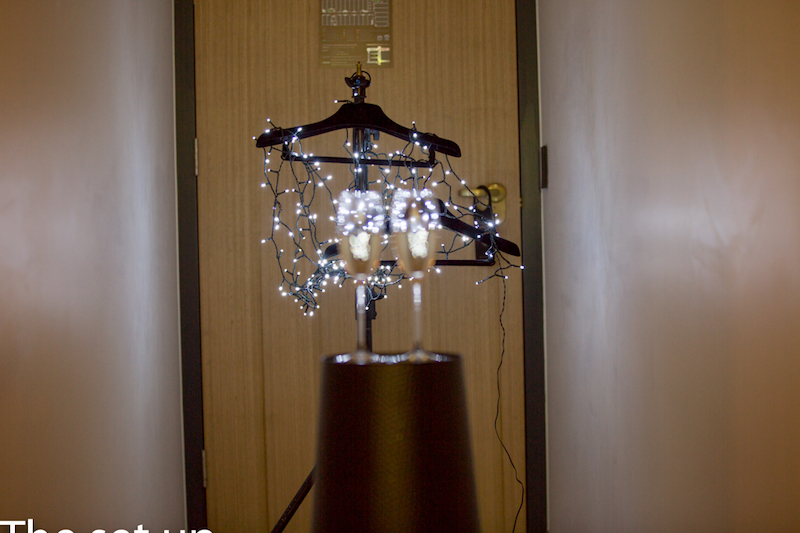
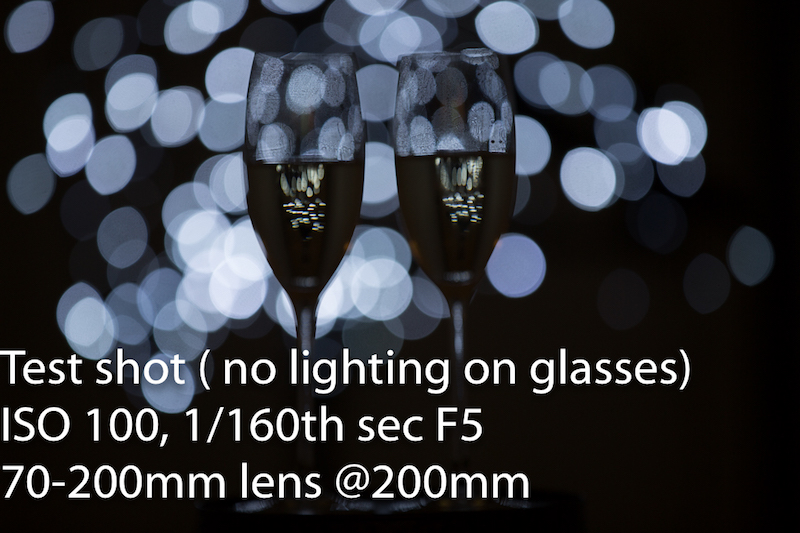
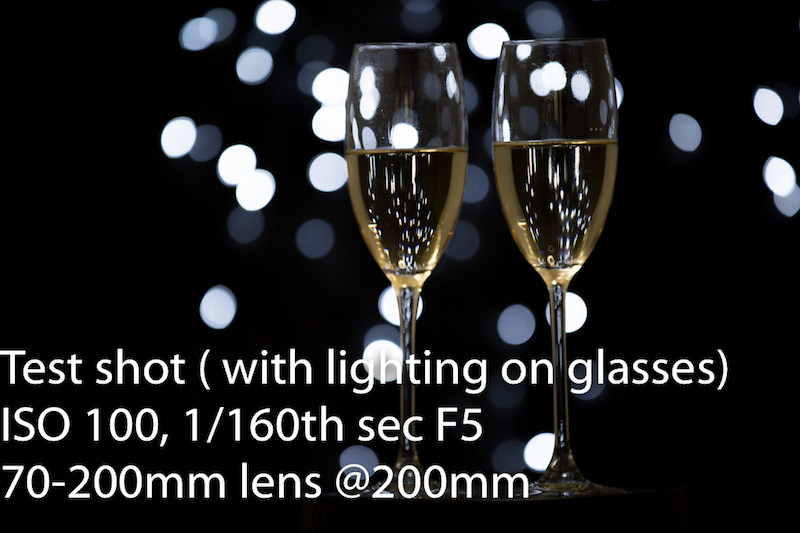

What are the 5 factors that influence the quality of bokeh?
- Aperture – Select manual mode or Aperture priority. The wider the better f2.8 and wider gives the best bokeh.
- Focal Length – Longer prime and zoom lens gives you better looking bokeh.
- Proximity to subject/how close you can focus
- How far away from the background the subject is
- Light quality
What lenses create the best bokeh and why?
- Under 50mm gets tricky
- 50mm 1.2 nice
- A lens with aperture having more (7 or 9) and rounded blades will give better Bokeh than one with fewer or straight blades.
- For Nikon system, the Nikon 50 mm 1.8 g and 1.4 g have 7 and 9 rounded aperture blades respectively. So these lenses give great bokeh.
- Also to consider 85 mm 1.2 is king
- Nikon 105mm f/2.8 gives great bokeh
- Nikon 70-200mm f/2.8 VR – good bokeh
- Canon 70-200


